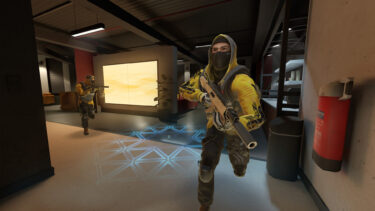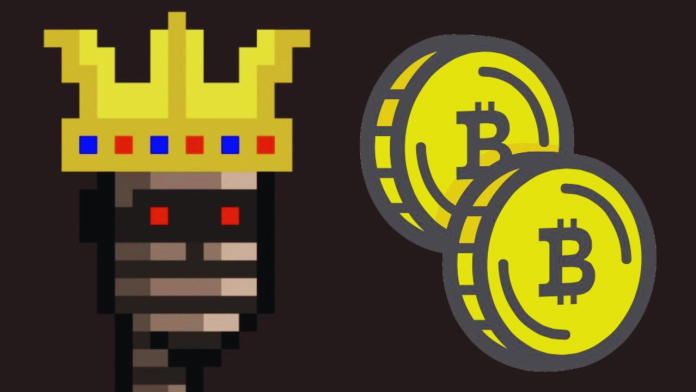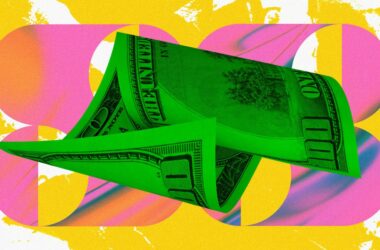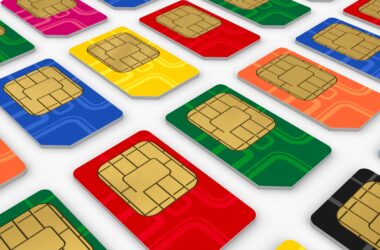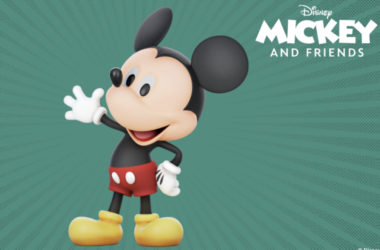Bitcoin Ordinal NFTs are experiencing a significant surge in popularity, and it’s no wonder, with OG non-fungible token (NFT) artists like Frank from DeGods and Bored Ape’s Yuga Labs joining the new trend.
Ordinals are a new protocol that offers a unique method of creating and minting NFTs on the Bitcoin blockchain for the world’s first time.
But what’s all the fuss about, how are they purchasable, and are they here to stay?
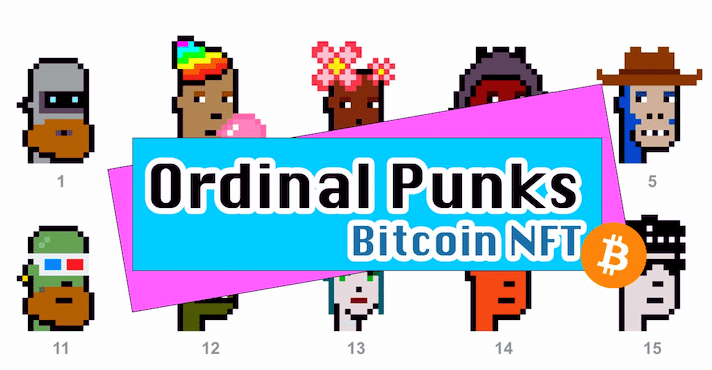
What are Bitcoin Ordinal NFTs?
Ordinal NFTs came to light on January 21, thanks to software engineer Casey Rodarmor. She created this protocol that offers a unique feature where each Bitcoin can subdivide into 100M units, otherwise referred to as “sats” for Satoshi.
Consequently, users and developers can embed data onto each sat, including smart contracts. Thus, it makes the minting of NFTs on the Bitcoin blockchain possible. More builders are creating NFTs through the Ordinal protocol as a result.
Examples of Ordinal NFTs:
Entirely ushering in a new era of digital collectibles, Rodarmor’s first NFT project on the Bitcoin blockchain was Ordinal Punks. The collectibles comprise 100-pixel PFP avatars, all of which are tradeable digital artifacts on the Bitcoin network.
The project gained a mixture of reviews over being a “replica” of a derivative project dubbed “Mutant Punks”, similar to Ethereum’s CryptoPunks NFTs.
Nevertheless, to generate new Punks, Rodarmor employs “an open-source algorithm and CC0 Punk spite sheet” on the blockchain network for the first time. As a result, more than 40k Ordinals are inscribed on the Bitcoin blockchain.
Already, all 10k collectibles have sold out, with one Ordinal Punk (#620) selling for a whopping 9.6 BTC (around $214,766.50 at this time of writing).
Following high demand, more than 100,00 NFTs joined Bitcoin in just two weeks. Among the collectibles, OG NFT artists, including Frank from DeGods and Bored Ape Yacht Club’s Yuga Labs, have joined the trend. Frank has minted 535 DeGods digital assets to prevent steep gas fees. On the other hand, Yuga Labs used Ordinals to showcase its limited-edition Bitcoin project, TwelveFold.
How are Ethereum NFTs and Bitcoin NFTs Different?
There’s a fundamental difference between Ethereum NFTs and Bitcoin NFTs. The former typically points to data off-chain on the IPFS system, whereas the Ordinals protocol inscribed all data on-chain. Therefore, this new ecosystem has the functionality to boost the NFT ecosystem by enhancing the concept of digital collectibles.
Moreover, because Ordinal NFTs’ data inscription is exclusively on-chain, Rodarmor goes beyond calling them NFTs or digital assets and instead calls them “digital artifacts”.
Ways to Purchase an Ordinal NFT:
To purchase an Ordinal NFT, the buyer must acquire a Bitcoin-compatible wallet first. Then, they need to follow the directions of a GitHub guide, to combine their BTC wallet compatible with Ordinals.
Following this, there are two options to purchase a BTC Ordinal NFT. The first option includes finding an Ordinal owner and buying it directly from them. Buyers can quickly scope out creators on Discord or Twitter. However, they must do their due diligence beforehand to avoid fraud.
The second option includes creating/inscribing to Ordinals themselves. Again, there are easy-to-understand services that allow inscription without needing a node. For example, look at Satoshibles – the popular Bitcoin project with an Ordinal Bot allowing users to inscribe NFTs to their Bitcoin wallets.
Are Ordinals Here to Stay?
With creators of blue-chip NFT projects creating their Ordinal projects, such digital assets are here to stay. At least for the meantime, anyhow.
Source: NFT Lately
